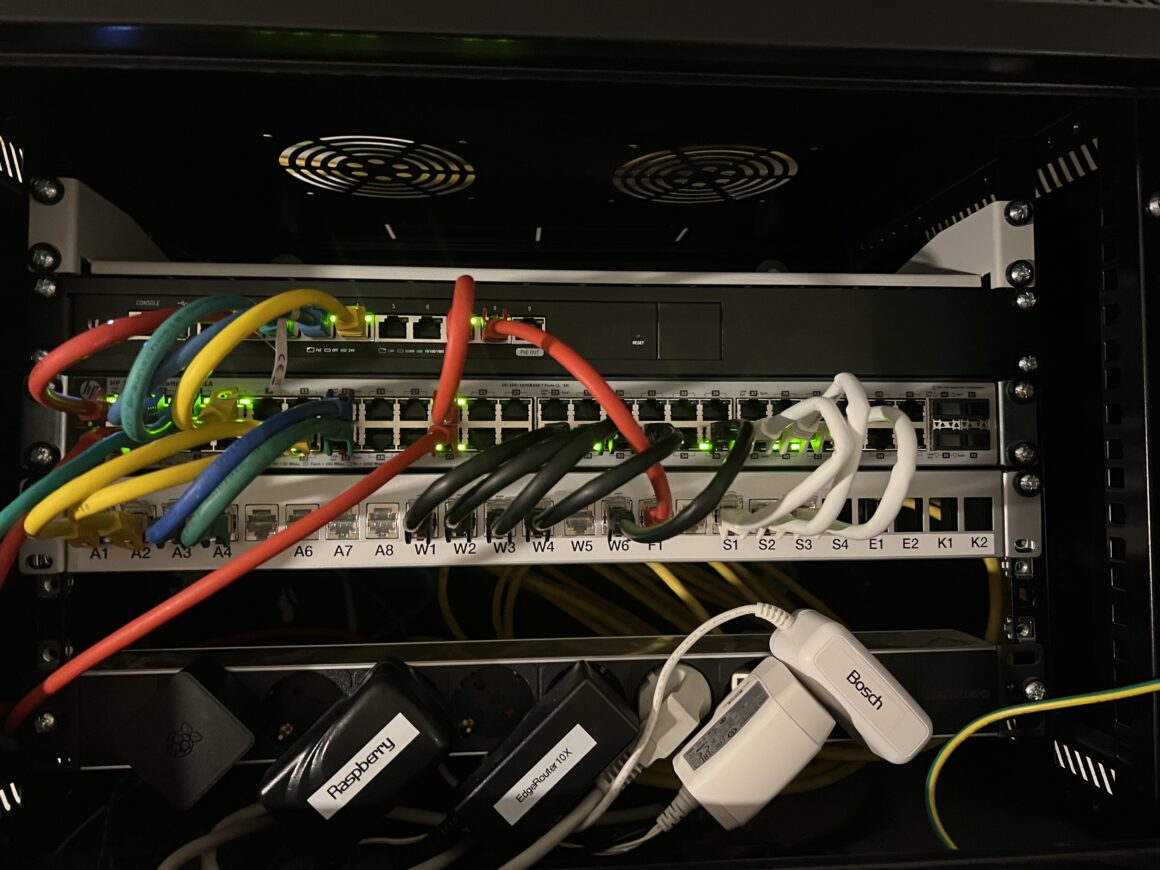UniFi Controller on a Raspberry Pi

I was looking for a re-use of my old Raspberry Pi 3B+ and as I wanted to see what the Ubiquiti UniFi Controller offers. You can either buy one of…
Teilen
Artikel nach Suchwort

Gib dein Suchwort ein und drücke Enter.